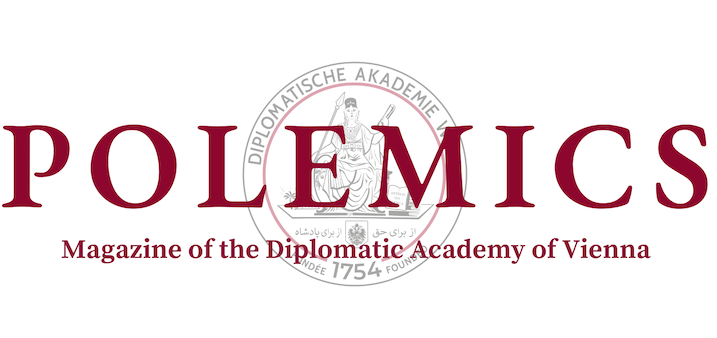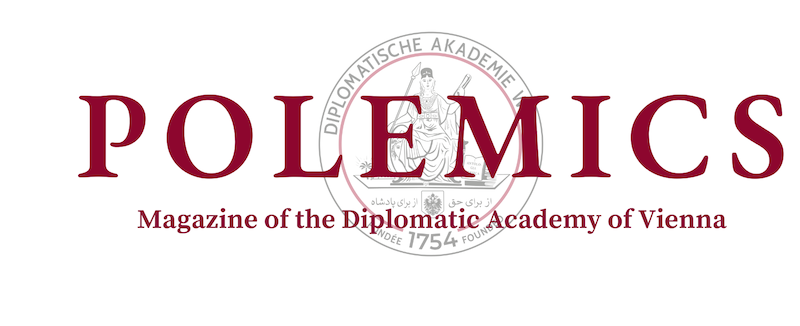The Dual Role of Media
Understanding the influence of the media — both as a shield from escalation and violence and a sword against peaceful and sustainable conflict resolution — is crucial to understanding the importance of press freedom in conflict zones. They influence public opinion, shape politics and the behaviour of the masses, and can greatly influence efforts to establish peace. The role of the media in conflict resolution is complex and cannot be easily defined. On one hand, free media can make a positive contribution by promoting transparency and accountability. On the contrary, state- controlled media often exacerbate disagreements and escalate violence. Thus, the nature of media in conflict zones is important, and, as argued here free media can greatly accelerate the process of peaceful settlement or ceasefire.
Free Media as a Catalyst for Conflict Resolution and Peace
Free media serve as an important tool for conflict resolution by promoting transparency and ensuring accountability. They can also provide a platform for victims of both sides to speak up, rather than promoting an aggressive narrative. Free access to information, which is possible in the absence of media restrictions, can draw public attention to the realities of a conflict.
During the Vietnam War, the American media played a crucial role in shaping public opinion against the conflict. It was perhaps the first time in history that media influence on society directly impacted government decisions, contributing to the war’s eventual end. Objective coverage of the events, including vivid images and stories of the brutality faced by both American soldiers and Vietnamese civilians, launched and subsequently fostered the anti-war movement in the United States. Journalists openly questioned the purpose of the war and conveyed the harsh reality of the conflict to the American people. The widely publicised and terrifying photos of the Tet Offensive captured the brutal realities of the conflict. While the offensive ended in military defeat and exhaustion for the Viet Cong, these images caused a major political backlash in the United States, despite the military victory. This shift in public perception significantly influenced the decision to withdraw American troops from Vietnam.
Another illustrative example is the end of the First Chechen War, when the Russian media — still relatively free at that time — published candid reports on the conflict. These reports highlighted the suffering of the civilian population n Chechnya caused by the indiscriminate use of weapons by federal forces, as well as the heavy losses suffered by the Russian army. Reports on popular channels such as NTV in Chechnya caused by the indiscriminate use of weapons by federal forces, as well as the heavy losses suffered by the Russian army. Reports on popular channels such as NTV influenced the mood of Russian society, leading to extensive calls for a ceasefire. From a purely military perspective, the federal army confidently prevailed, similar to the American army in Vietnam. However, widespread anti-war sentiment in society and the upcoming presidential elections led to a ceasefire.
Controlled Media as a Tool for Conflict Escalation
While free media can promote peace, controlled media play a counterproductive role in conflict resolution by spreading negative propaganda that heightens divisions and serves the interests of a very narrow group of people. Governments or local commanders have significant agency in shaping the narrative during conflicts. If misused, this power can cause lasting harm by suppressing dissent, dehumanising opponents, and justifying violence, which potentially promotes division among future generations. Often, in such cases, the media conveys an image of the involved groups as “them” and “us”, framing the groups as a priori “bad” and “good”. In cases with controlled media, such generalisation is facilitated through distortion of information or outright falsification. By limiting alternative points of view, state- controlled media restrict public access to objective truth. In the worst case, this includes the dissemination of outright lies, contributing to an uncontrolled escalation of the conflict potentially spilling over for generations.
The Rwandan genocide in 1994 stands as a tragic example of state-controlled media fueling conflict. Radio Télévision Libre des Mille Collines (RTLM), a government-backed radio station, broadcasted explicitly incendiary messages calling for violence against the Tutsi population. These broadcasts were instrumental in inciting mass killings and creating a climate of hatred.
In North Korea, where the media is entirely controlled, the government maintains a state of perpetual hostility toward fabricated foreign threats, particularly against South Korea and the United States. Simultaneously, it works to promote absolute and unconditional loyalty to the supreme leaders. State-controlled media consistently pushes narratives of external aggression, isolating the populace and fueling animosity.
During the Syrian civil war, state media portrayed opposition groups as “terrorists”, justifying military action and diminishing dissent. By controlling the portrayed course of events, the Syrian Government presented itself as a defender of the civilian population, rejecting alternative accounts while hiding reports on its own human rights violations. The opposition also largely used negatively coloured phrases such as “Assad regime” for the same purposes of dehumanisation.
Such selective coverage exacerbated tensions by limiting public access to balanced information and hindered prospects for achieving peace through negotiations up until the present day.
Shield and Sword
The contrasting roles of free and controlled media in conflict zones reveal the decisive power of press freedom to foster peace or fuel division. By promoting transparency and empathy, free media can act as a shield against violence and division. At the same time, controlled media serve as a sword that perpetuates violence and heightens divisions. The dual nature of the media should be kept in mind when considering levels of censorship and the role of press freedom in conflict zones: when the media remain independent, they often have the ability to promote peace and accountability, helping societies move from division to reconciliation.









